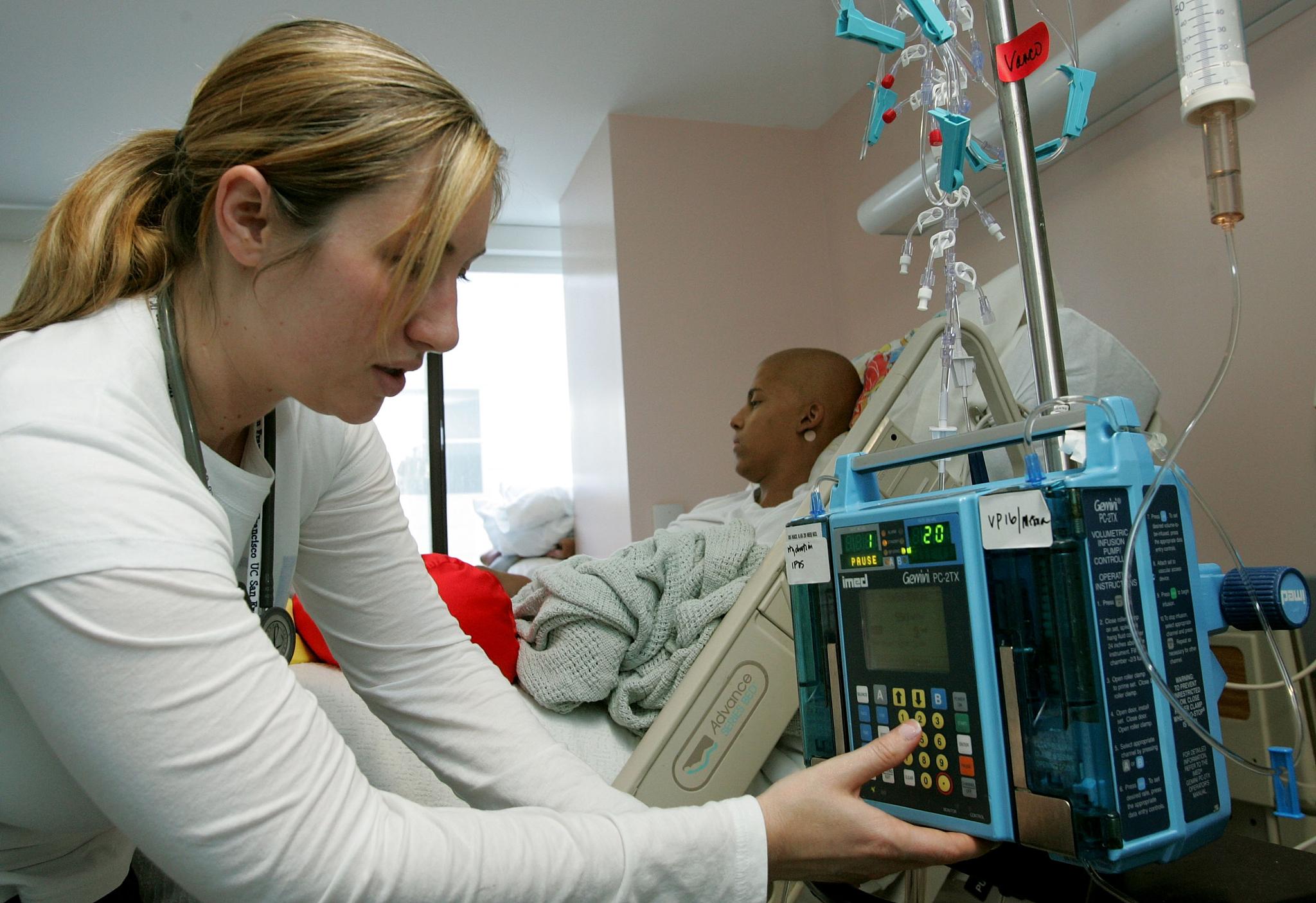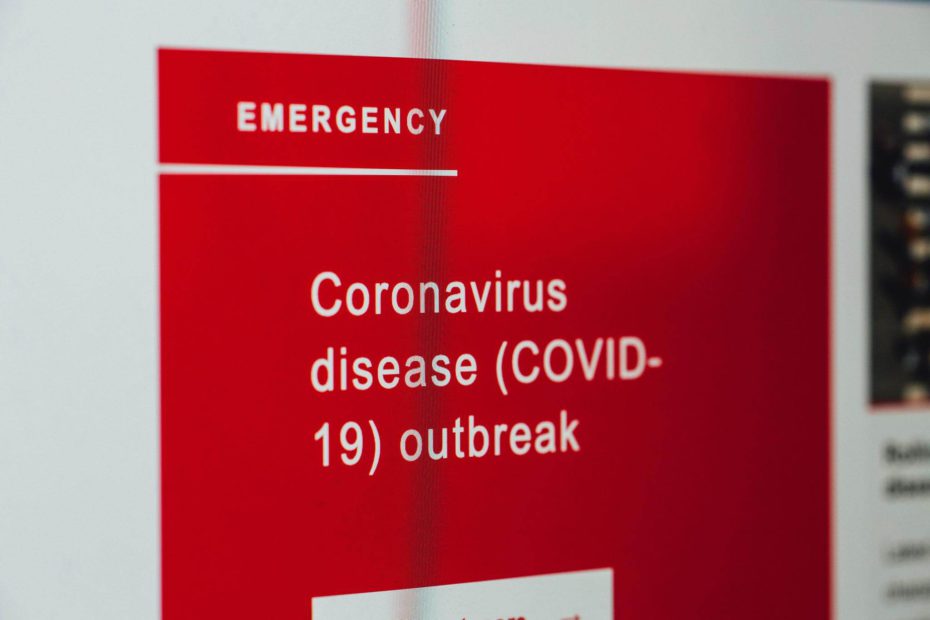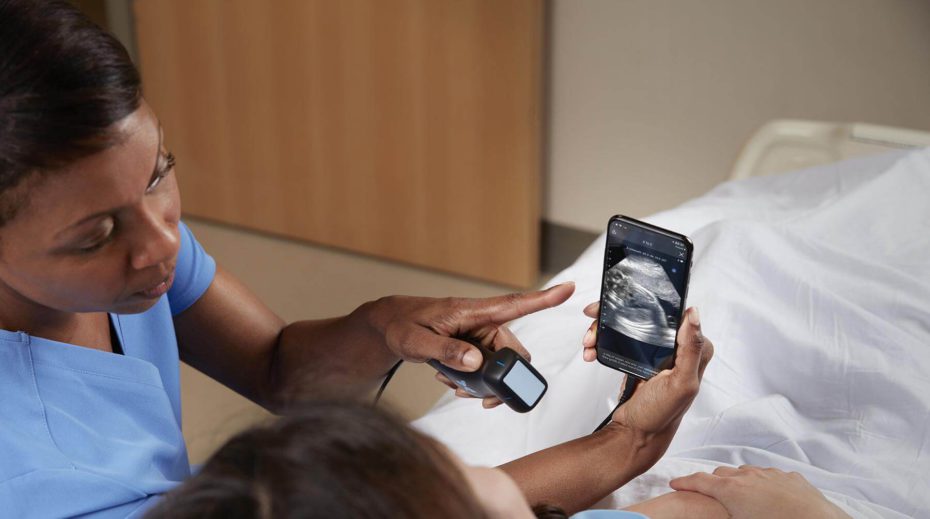“When you’re in active treatment, you’re seeing a doctor pretty much every week, and then all of a sudden when active treatment stops, you’re sort of like the baby chick kicked out of the nest,” Craige says. “People think that you’re done and you’re long-term and you’re going to be fine. But your perspective on life and health and everything just changes completely. I think a lot of people still need help processing what they went through.”
Cancer survivorship can also introduce several financial hardships, Buchanan says, including higher-than-average medical costs, problems with work, and a loss of income during and sometimes after treatment. One recent study from Penn State University also found cancer survivors may face some form of job discrimination, and are less likely to receive a callback from potential employers.
“[Cancer survivors] might have to make difficult decisions about working with regard to the amount of paid leave they receive, or insurance benefits. They might have fears about losing their job,” Buchanan says. “All these would tie into that and it might then lead to them not getting the necessary medical care, or delaying them going to get medical care.”
Moving forward, Buchanan says it’s important for the public health community as a whole – including government and non-governmental agencies, advocacy groups, and state health departments – to address the unique needs of cancer survivors through research, communication, and support programs.
The CDC, for example, operates a number of public health interventions that encourage cancer survivors to maintain their health by quitting smoking, exercising, and reducing their exposure to alcohol, UVA radiation, and certain chemicals. And agencies like the American Cancer Society provide resources for patients to cope with cancer during and after treatment, as well as a network to connect survivors with support groups.




